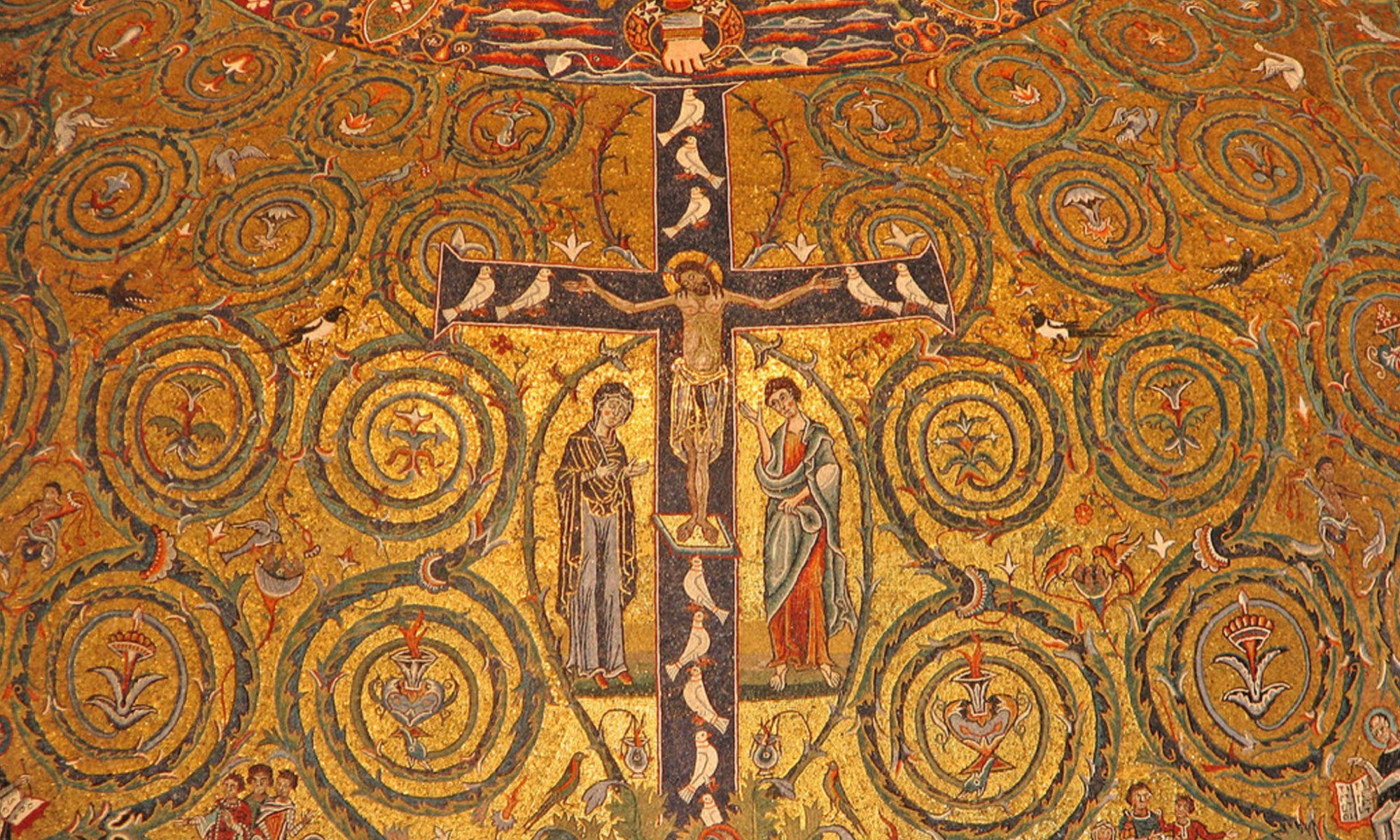“There are a thousand hacking at the branches of evil to one who is striking at the root.” Those words of Walden by Henry David Thoreau, written in 1854, still speak wisdom today. He was addressing social evils such as slavery, but the image applies equally well to marital strife and personal struggles with morality and spirituality. It’s an apt image in every case. Remove the evil fruit, and more will take its place, again and again. Cut off the branch, and it will eventually grow back – along with the fruit it bears. If we are serious about change, we will need to go down to the roots.
Digging down to the roots of a tree is hard work enough. Doing so with the human heart takes enormous courage and vulnerability. We will never be able to do it alone. The prophet Jeremiah describes it well: “More tortuous than anything is the human heart, beyond remedy; who can understand it? I, the Lord, explore the mind and test the heart, giving to all according to their ways, according to the fruit of their deeds” (Jeremiah 17:9-10). Our own hearts are a mystery to us. Only in communion with God and others can we discover the full truth about ourselves.
I’ve shared before the insights of Mark and Debbie Laaser. They wrote a book for married couples entitled Seven Desires, in which they identify certain universal human desires: to be heard and understood, to be affirmed, to be blessed, to be safe, to be touched in a meaningful way, to be chosen, and to be included. They often tell couples, “The problem is not the problem,” using the image of an iceberg. What we think of as “the problem,” what we focus so much of our energy and attention on, is just the tip of the iceberg. Beneath the surface, silent and massive, lurks a strong force in motion that warrants much greater attention.
For example, Fred may be an alcoholic. At first glance, his drinking is the main problem in their marriage. After all, his acting out with alcohol has damaged his health, his career, and his relationships. But his drinking is not the primary problem. Lurking beneath are painful places of his heart that he does not want to enter: sad places, lonely places, feelings of unworthiness and shame, as well as distorted beliefs about himself and about God. He is afraid to go down there because of the pain. Little does he realize that, even deeper in his heart is the full and glorious truth about himself – that he is a beloved child of God, fearfully and wonderfully made. In the depths of his good heart he still feels very deep and very good human desires: to be loved and accepted unconditionally, to feel safe and secure, and so forth. With the right kind of encouragement, he can reconnect with those deeper desires. Whether in the form of Alcoholics Anonymous or some other support network, he can find the encouragement and consistency needed to journey into the labyrinth of his heart – and discover God’s image there. Meanwhile, Fred’s wife Sally needs to discover that her deepest pain is not from Fred’s acting out with alcohol. She has an unexplored iceberg of her own, including deep desires and painful problems that existed long before she met Fred. She, too, will need enormous support to begin believing that her heart is good and worth fighting for.
Let’s return to Thoreau’s image of the roots of a tree. Bob Schuchts offers a similar image of the human heart in his book Be Healed. He contrasts the Tree of Life (an image for our life in Christ) with the Tree of Knowledge of Good and Evil (an image for our life of sin). Drawing from Ephesians, he describes a process of security / maturity / purity as we grow from the roots to the trunk to the fruits. By contrast, our life of sin sprouts up from the roots of insecurity, grows in immaturity, and bears the rotten fruits of impurity. The unhealthy growth comes in the form of one or more of the seven deadly sins. The rotten fruit that emerges are the sins we priests typically hear people confessing –over and over and over again. Perhaps it’s gossip and jealousy, perhaps fault-finding and outbursts of anger, perhaps pornography and masturbation, perhaps overindulging in food and drink.
Those poor penitents sincerely desire to stop their sins. And without a doubt, they are forgiven every time. But they are likely to keep repeating the same sins until they can go down to the roots. There Bob describes the “seven deadly wounds” of abandonment, fear, powerlessness, hopelessness, confusion, rejection, and shame. We experience these wounds during the most painful moments of our life. It is within those deep human wounds that the evil one eagerly attempts to sow his lies: you are all alone, you will never figure it out, you will always mess it up, no one would ever want to love you… We can carry these lies within our hearts for many, many years.
Healing at the roots of our sins includes allowing Jesus to enter in and cast out the lies about ourselves and about God. Even more important than renouncing the lies, it means positively allowing the love and truth of Jesus to be proclaimed and embraced and integrated. It is one thing to believe a truth intellectually, but another for it to sprout and grow and bear fruit.
As we approach another Easter, may we all take courage in the fact that Jesus has borne our pain. By his wounds we are healed. He knows the depths of our hearts and desires to meet us there with his love and truth. May we all have the courage to go down to the roots.


Thanks for sharing the words of Thoreau!